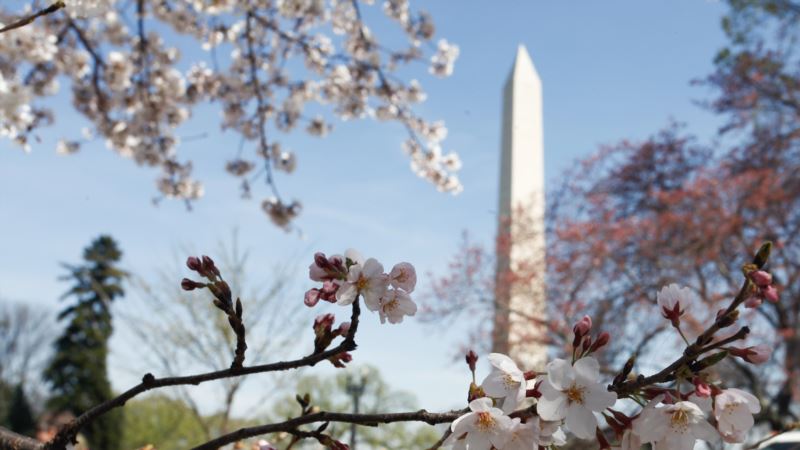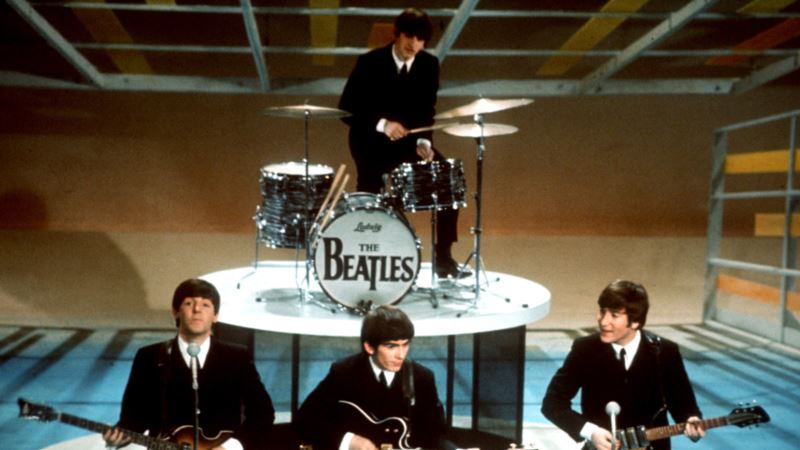The unusually warm weather in the nation's capital is prompting the U.S. Park Service to revise its annual cherry blossom forecast, and will announce on Wednesday a revised period for peak blooms. The National Cherry Blossom Festival typically coincides with the "peak bloom" of the nearly 1,700 cherry blossom trees that line the tidal basin in Washington, D.C., along the Potomac River. The timing of the blooming cycle is very much affected by weather, however, and can vary over a four-week period. This year's warm winter weather is expected to alter the forecast to mid-March. The festival — about four weeks of tourist-themed events — is a rite of spring celebrating the trees, which were given to the United States by Japan in 1912. The cherry blossoms, one of Washington's biggest tourist attractions, last from four to 10 days, depending on the weather. Cool, calm weather keeps the blossoms open longer, while a rainy, windy day can bring an abrupt end to the display. In the past, the peak blooming period has begun as early as March 15, in 1990, and as late as April 18, in 1958.
Warm Weather Expected to Speed Blooming of Cherry Blossoms






